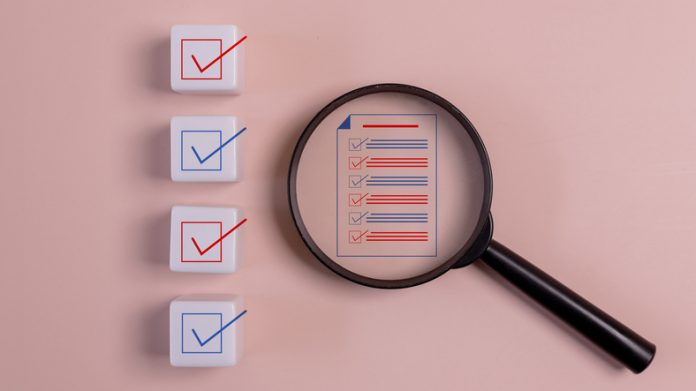In today’s interconnected world, background checks have become an integral part of various decision-making processes, from employment and volunteering to housing and financial transactions.
Understanding the nuances of background check reports is crucial for making informed decisions, ensuring safety, and maintaining trust. This guide offers a deep dive into the components, interpretations, and actionable steps involved in reviewing background check reports, aimed at demystifying the complexity and empowering readers with knowledge.
Understanding the Components
Types of Information Included
Background check reports are comprehensive documents that compile data from various sources to provide a snapshot of an individual’s history. Key components typically include:
- Personal Identification Information: Verifies the subject’s identity, including full name, date of birth, Social Security number, and past addresses.
- Criminal History: Lists any criminal records, including arrests, convictions, and incarcerations, distinguishing between misdemeanors, felonies, and other legal actions.
- Credit History: (For relevant checks) Details financial reliability through credit scores, loan histories, bankruptcies, and any financial judgments.
- Employment Verification: Confirms past employment history, job titles, durations, and sometimes reasons for leaving.
- Educational Verification: Verifies degrees, diplomas, certifications, and institutions attended.
Each type of information serves a specific purpose, helping organizations or individuals assess reliability, integrity, safety risks, and qualifications.
Sources of Information
The accuracy and comprehensiveness of a background check report hinge on the sources used. These include:
- Public Records: Courts, government databases, and public archives provide criminal histories, civil records, and other legal documents.
- Credit Bureaus: Financial data is sourced from major credit reporting agencies, detailing credit use and financial behavior.
- Educational Institutions: Direct verification from schools and universities ensures the authenticity of educational claims.
- Previous Employers: Contacting former employers validates employment history and performance.
Understanding the sources is vital for interpreting the reliability of the data presented and identifying any potential gaps in information.
Interpreting Results
Analyzing Criminal Records
The presence of a criminal record in a background check report can be a point of concern but requires nuanced interpretation. Factors to consider include:
- Relevance: The nature of the offense and its relevance to the individual’s role or position.
- Recency: Older records may indicate less of the current risk or behavior.
- Severity: The seriousness of the offense and its implications for trustworthiness and safety.
- Analyzing these factors can help make a balanced assessment and ensure fair and informed decisions.
Assessing Credit History
Credit history can be critical, especially for positions involving financial responsibility. Key aspects to evaluate are:
- Payment History: The timeliness of past payments is a strong indicator of financial reliability.
- Debt Levels: High debt levels or overuse of credit can signal financial distress.
- Bankruptcies and Defaults: These major incidents can be red flags, requiring deeper analysis of circumstances and recovery.
- Understanding the context and patterns in credit history is crucial for assessing financial stability and integrity.
Taking Action
When to Investigate Further
Not all findings in a background check report are straightforward. Situations that may require further investigation include:
- Discrepancies: Inconsistencies in the information provided by the subject and the report.
- Incomplete Information: Gaps or missing details in critical areas such as employment history.
- Ambiguous Records: Criminal or financial records that need clarification or context.
In these cases, seeking additional documentation or explanations from the subject is advisable or utilizing specialized services for deeper dives into specific areas is advisable.
Next Steps After Evaluation
After thoroughly reviewing and interpreting a background check report, the decision-making process involves:
- Communicating Findings: Transparently discuss relevant findings with the subject, especially if adverse actions may be taken.
- Considering Mitigating Factors: Life circumstances, evidence of rehabilitation, or progress since negative records can influence decisions.
- Compliance and Fairness: Ensuring decisions comply with legal standards, such as the Fair Credit Reporting Act, and ethical considerations.
Background check reports are powerful tools but must be used responsibly and judiciously, balancing risk management and fair opportunity.
Conclusion
Understanding background check reports is a critical skill in today’s data-rich environment.
By dissecting the components, interpreting the results with insight, and taking informed actions, individuals and organizations can confidently navigate the complexities of background checks. This guide serves as a foundation for developing a nuanced understanding of these essential reports, empowering readers to make informed, fair, and beneficial decisions for all parties involved.
As the demand for transparency and security grows, so does the importance of leveraging reliable and comprehensive background check services. For more detailed guidance on selecting a background check provider, consider exploring these insights on the best background check sites, a resource designed to help you navigate the complexities of background check services effectively.



































